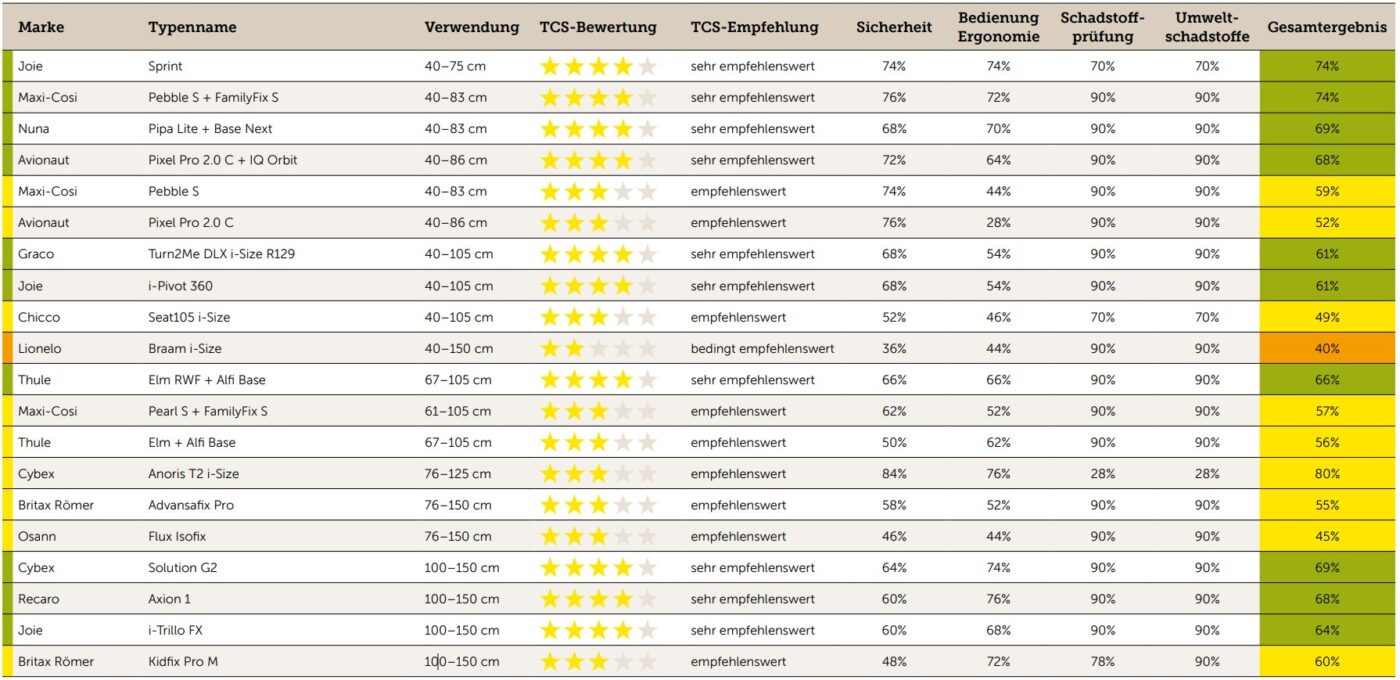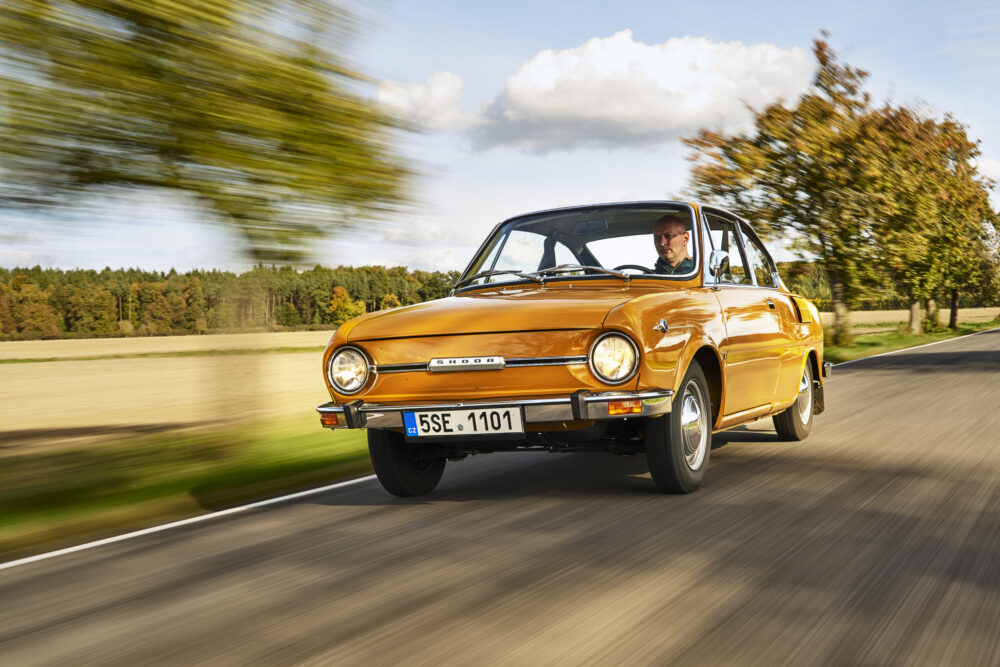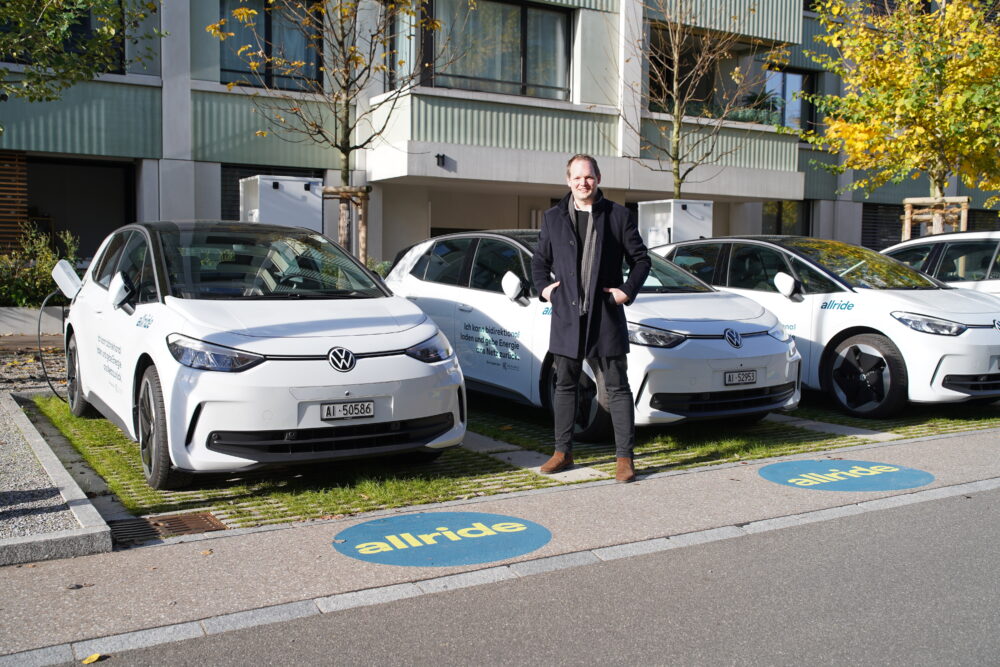TCS child seat test: positive results despite stricter criteria
As part of its annual child seat test, the Touring Club Switzerland evaluated 20 seats for young passengers. Although the test requirements were tightened in 2025, most models received very good marks.
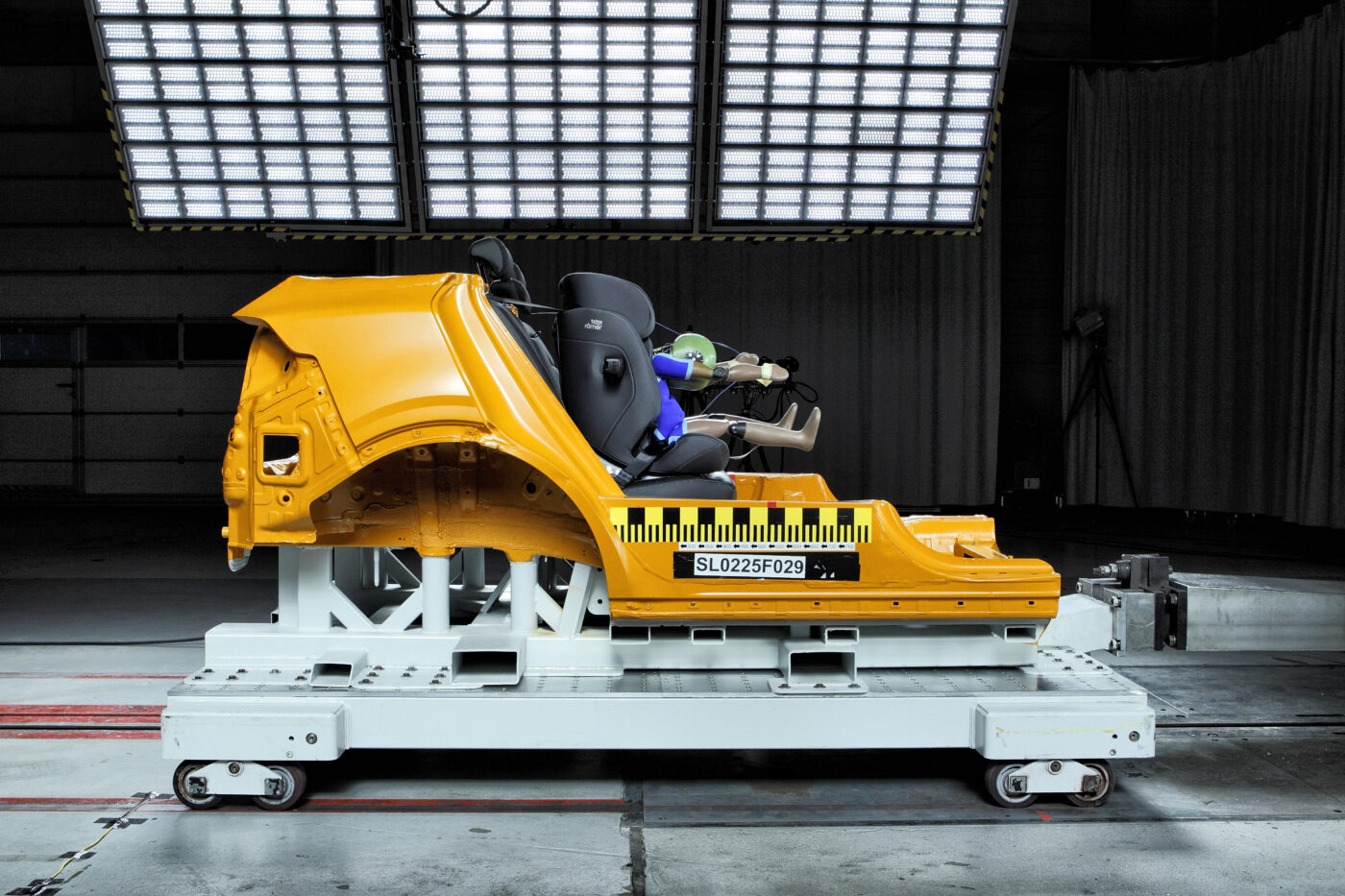
Choosing the right child seat can be a real headache: The multitude of models, sizes and features make the decision difficult. Whether newborns, toddlers or schoolchildren - manufacturers offer models for every age. It is therefore not always easy for parents to find their way through the child car seat jungle. To make their decision easier, the TCS has examined 20 models that are new to the market, have been revised since the last evaluation or are of great importance to consumers.
Higher test requirements
The assessment criteria were tightened up this year. In particular, the tests relating to handling and ergonomics have been further developed. In addition, the upholstery materials of the seats were tested for so-called PFAS - perfluorinated and polyfluorinated alkyl substances. Even if these substances, also known as eternal chemicals, are not directly harmful to users, they accumulate in nature and enter the food chain. In addition, the side crash tests were carried out at increased speed in order to better simulate real accident conditions.
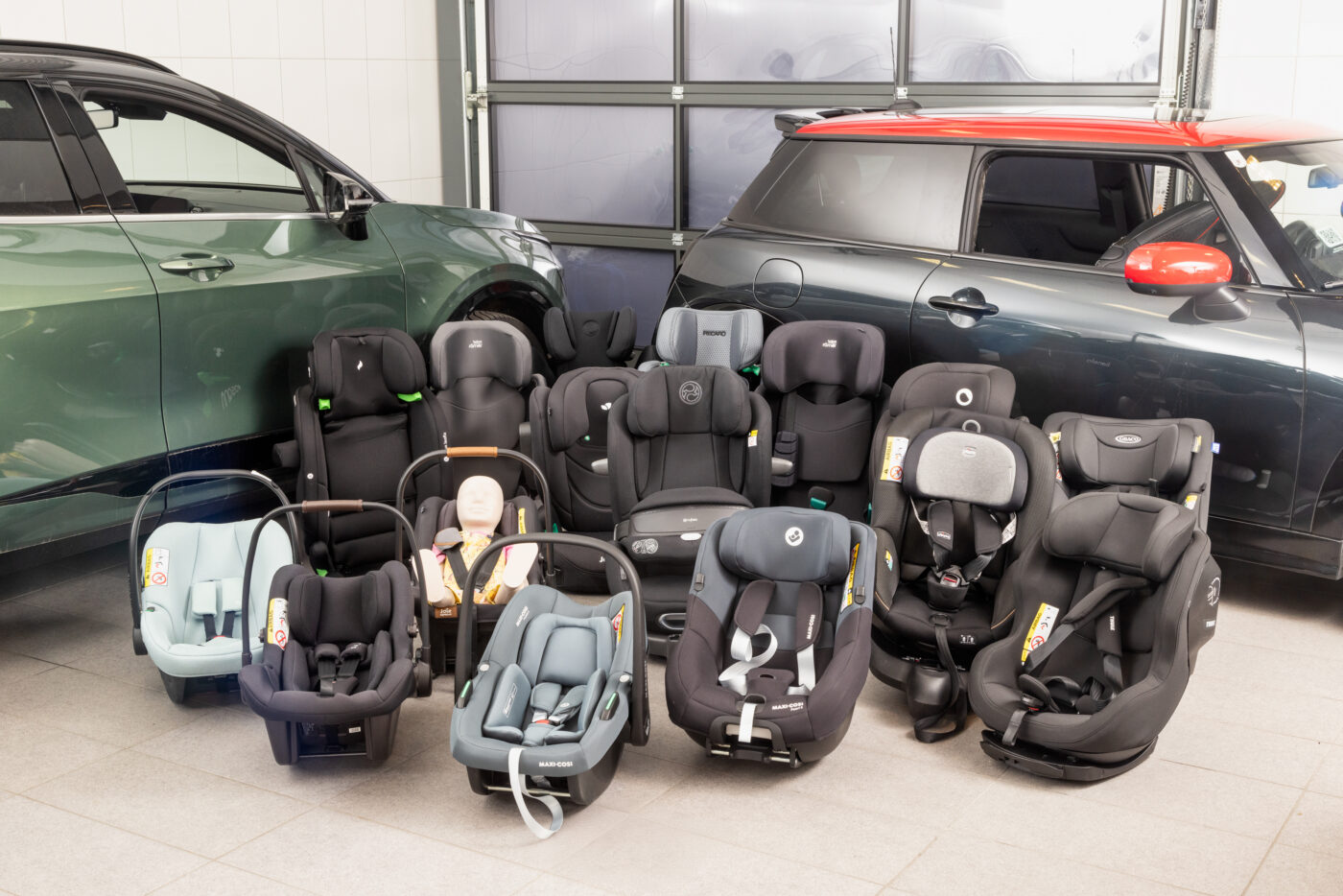
Ten models "highly recommended"
Despite increased test requirements, ten models received the rating "highly recommended". They were characterized by their versatility and performance in all assessment areas. Nine other models received the rating "recommended" due to a slight weakness in one of the test criteria, but still impressed with their overall performance. It should be mentioned that most of these seats clearly exceed the legal safety requirements.
However, one model is lagging behind
The Lionelo Braam i-Size received the lowest score among the models tested with the rating "conditionally recommended". Two weak points were identified during the safety tests. Firstly, the rear part of the shell came loose in the event of an impact. Secondly, the harness exerted pressure on the child's neck. In relation to a real accident situation, these shortcomings justify the lower rating compared to the other models tested. In terms of freedom from harmful substances, all of the seats tested performed excellently or are highly recommended. One exception is the Cybex Anoris T2 i-Size, whose cover fabric contains traces of PFAS. Although it performs best in terms of front and side impact protection, it is downgraded to "recommended" due to the level of harmful substances.
